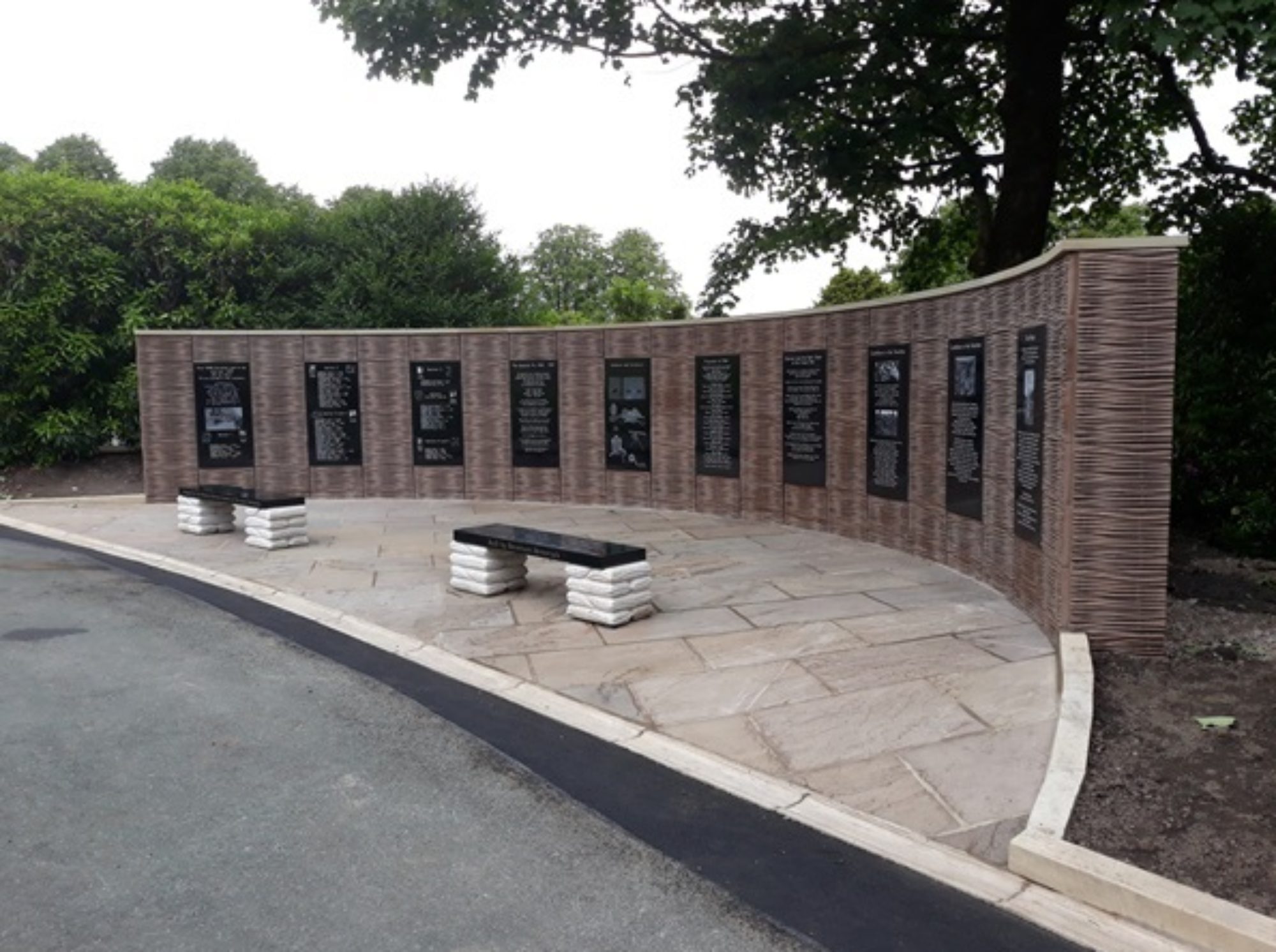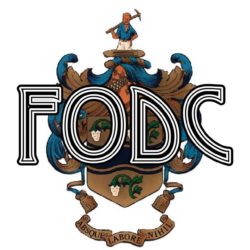The Local Board of Health formed a Burial Board in 1858 to provide a public burial ground. Up to then the only burial grounds were the graveyards of the various places of worship. The long use of these graveyards, their limited area, and the growth of the town made it difficult to find space for new graves.
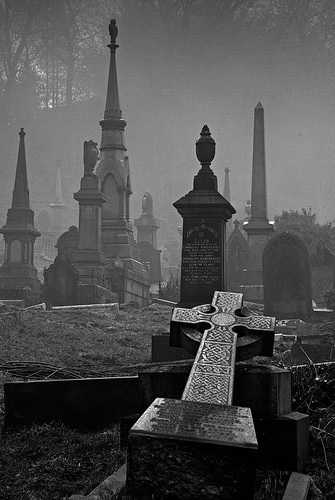
The Burial Board acquired land at Whitehall on the west of the Bolton road. The area was drained, fenced, and laid out into sections for Church of England, Nonconformist and Roman Catholic burials.
Mortuary Chapels were erected and the cemetery opened in June 1861. In 1876 further land was obtained, the combined area being about 20 acres. The western cemetery is really two cemeteries – the Old to the south and the New to the north.
Towards the end of the Second World War it was becoming obvious that a further burial ground was necessary and land was acquired on the opposite side of the main road. This became known, rather confusingly, as the New Cemetery and then as the Eastern Cemetery. Work was under way by 1945 and the land was consecrated within a year or so. The area was extended in the late 1970s.

One of the three Chapels built in the Cemetery
photo courtisy of Bert Clarke
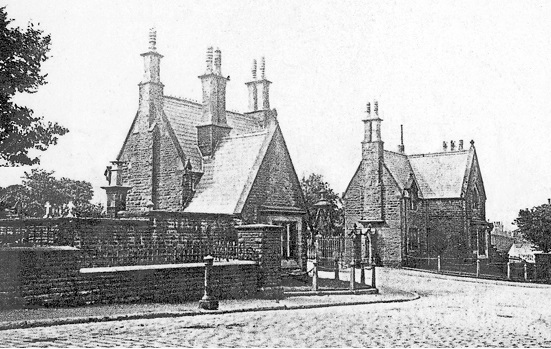
Photograph of the two lodges at the entrance to the Western Cemetery.
Note the large Iron Gates which stood between the two Lodges.
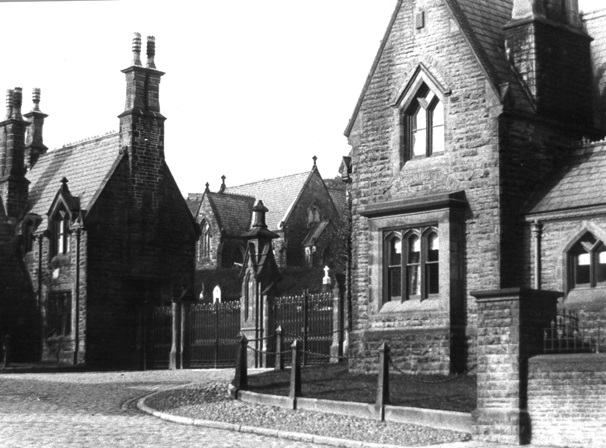
Here is a newly-discovered photograph of the old cemetery gates with the Church of England Chapel looming large in the centre background. Alan Holden was searching through Darwen Camera Club files to see if he could help us in our search for old pictures of the cemetery when he found this on a glass plate.
When was it taken? Probably around the turn of the century; about the time our other picture of the entrance, but taken from the south, was shot. And long before the rhododendrons took a grip.
On this new picture it does look as though the Church of England chapel was very large and very close to the gates. However, as we know, it was quite some way off, across from the Ashton memorial on the rather small, banked area. It is likely that the photographer foreshortened the background and brought it closer that it actually was. Camera techniques were much more limited over 100 years ago, of course.
Note also the heavy metal gates and the centre column at the entrance.
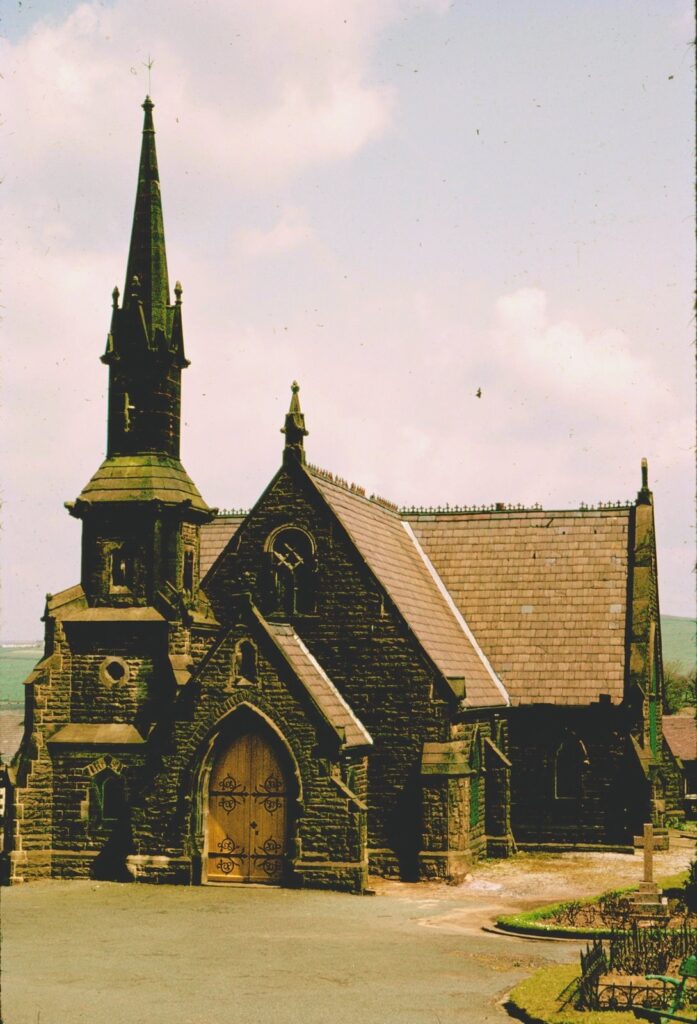

Photos courtesy of Malcolm Ross
We have been very fortunate in having pictures of two of the three mortuary chapel which used to grace the old cemetery. We tried everyone we could think of and then Bert Clarke and Malcolm Ross kindly gave us three pictures. Unfortunately, we aren’t sure which chapel is which. Two pictures appear to be of the same chapel. Can anyone help us with a picture of the third chapel and identify which is which among the three we have? We believe that the Nonconformist Chapel was demolished in the 1970s and the other two in the early 80’s.
Non Conformist Chapel
After years of searching by Alan Walton we finally now have a photograph of the chapel that stood on the mound at the top of the cemetery.
We now have photos of all three chapels. it’s taken quite some time but we knew it had to be out their somewhere. photo taken in July of 1959. And found in the CWGC archives.
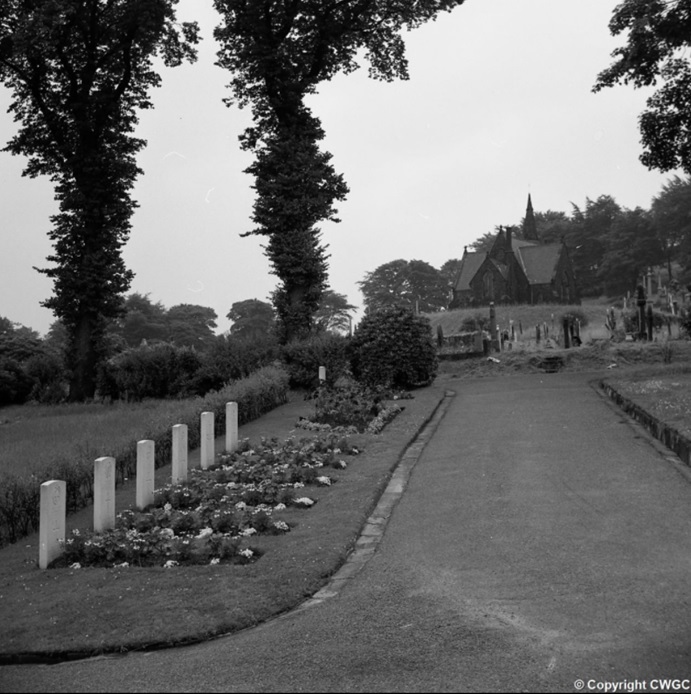
We thank The Commonwealth War Graves Commission for allowing us to use this photo.
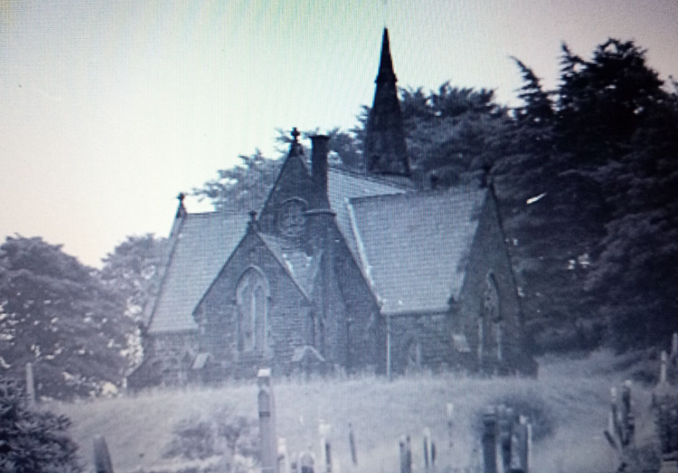
We thank The Commonwealth War Graves Commission for allowing us to use this photo.
The first burial
The cemetery was opened on June 1, 1861, and the following afternoon, at 5pm, the first burial took place. Richard Hurst Eccles, aged just one year three months, was interred in Section B by the side of the path which climbs along the cemetery’s southern edge. He lived at Red Earth Mount.
There is nothing to see there – at present – other than an overgrown patch of rough grass. We have made a small memorial stone to put in place before the 150th anniversary, next year.
The infant mortality rate in the mid 1800s was horrific. The next four burials, over the following few days, were Rachael Aspinall, aged 10 months, also in plot B and then Rebecca Shorrock and Margaret Ainsworth, both aged one year, in the nearby Section A. The fifth burial was another baby, Elizabeth Marsden, aged 11 months, also in Plot A.
One headstone nearby marks the grave of a couple and their five infant children. It must have been heartbreaking for the parents, but sadly, all too typical..
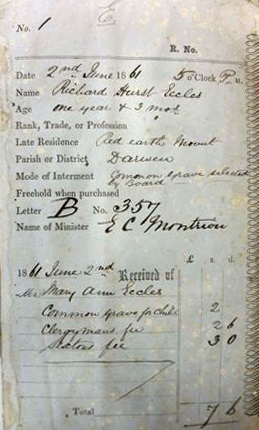
This is the very first page of Darwen Cemetery’s burial register. You will see No 1 at the top left. Other information shows that the first burial was on the 2nd of June 1861 at “5 o’clock pm”. The deceased was Richard Hurst Eccles aged “one year & 3 months”. Late residence: Red earth Mount in the Parish or District of Darwen. The mode of interment was a “common grave” chosen by the (Local Health) Board which cost two shillings, much less that if Mrs Eccles had bought her own plot. Letter B indicates the Church of England burial area on the southern edge of the Cemetery. The name of the minister can’t be made out. Below is a receipt for the 7s 6d paid by the lad’s mother, Mary Ann Eccles; 2s for the grave, 2s 6d for the minister and 3s for the sextion who dug the grave. As it was a “common grave” it is very likely that other people were buried in the plot later.
